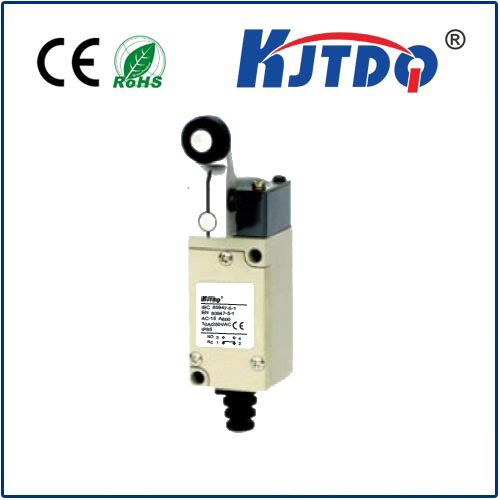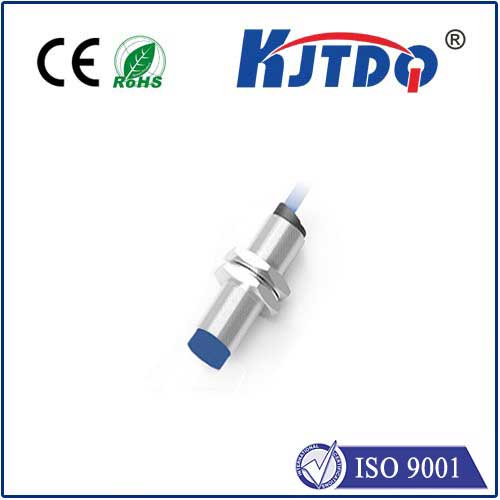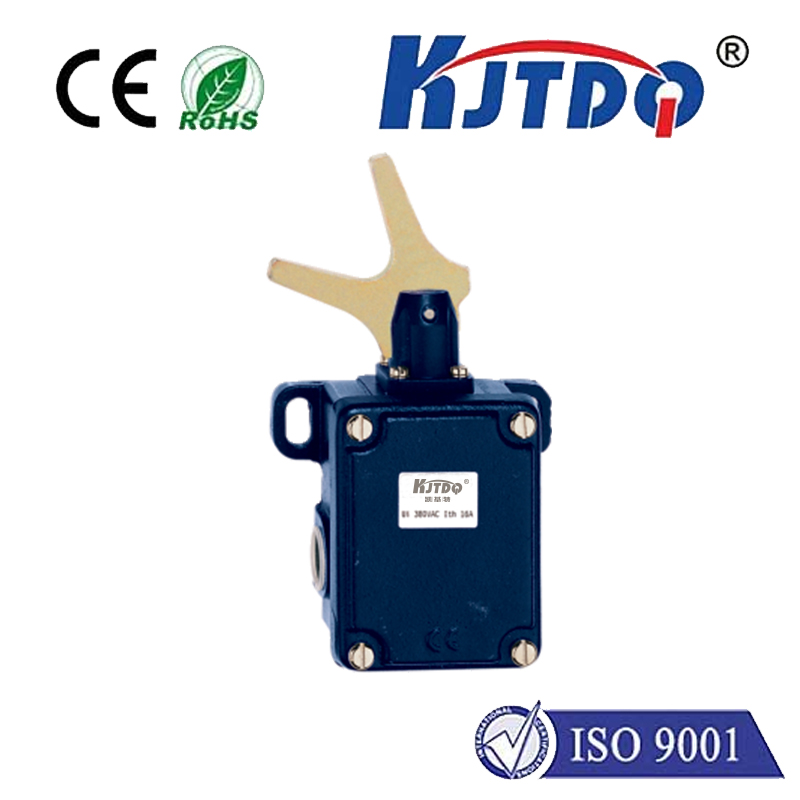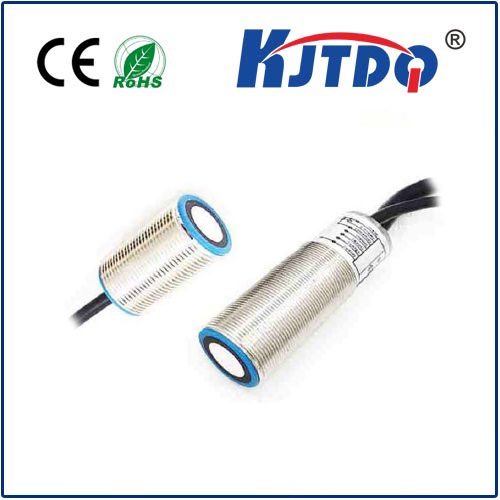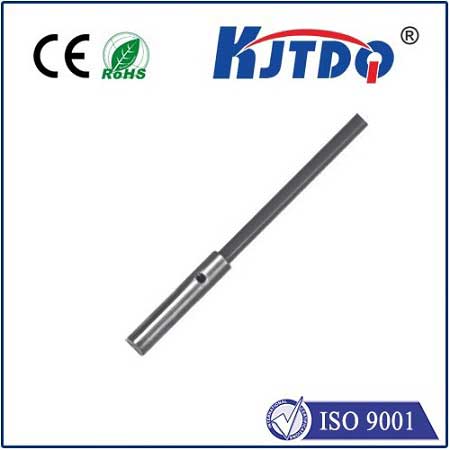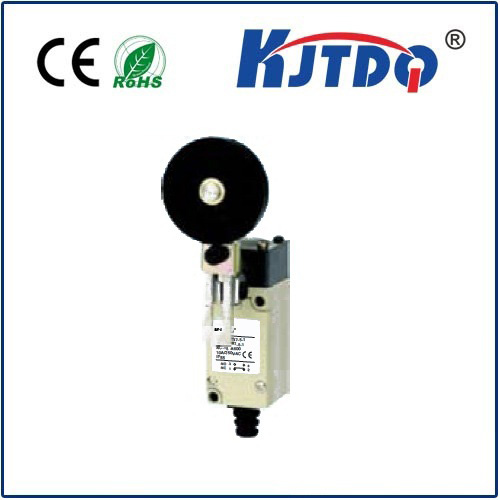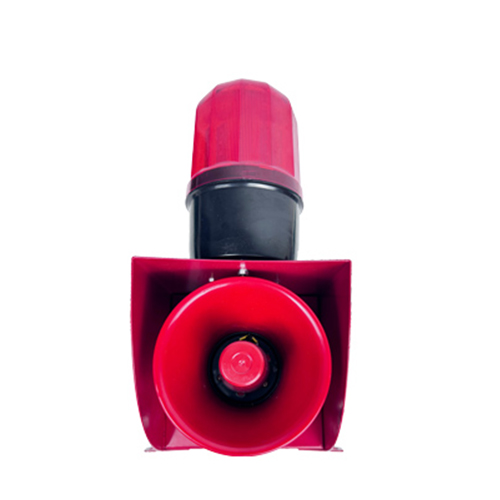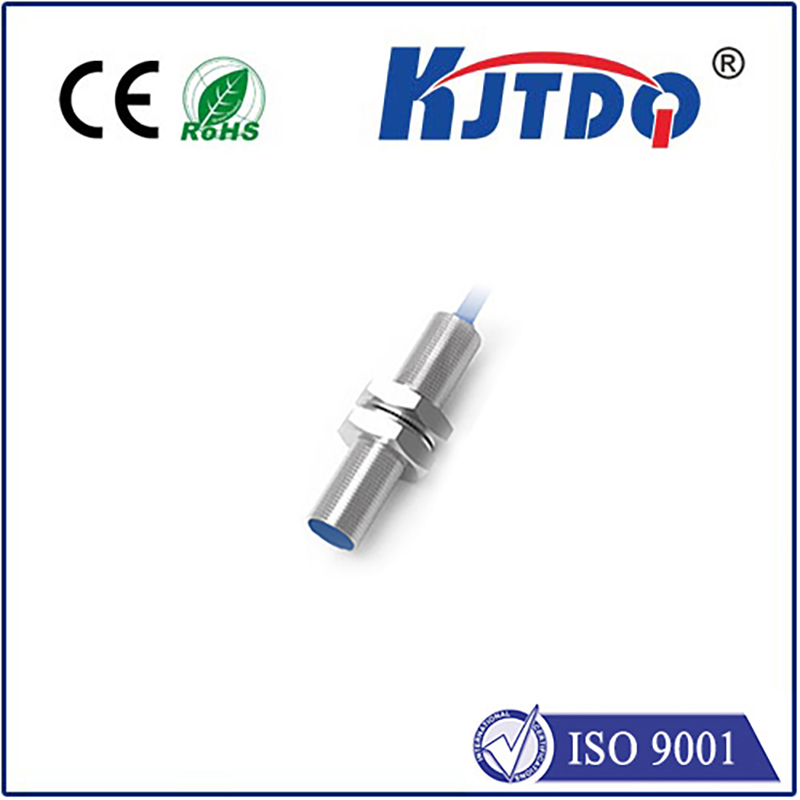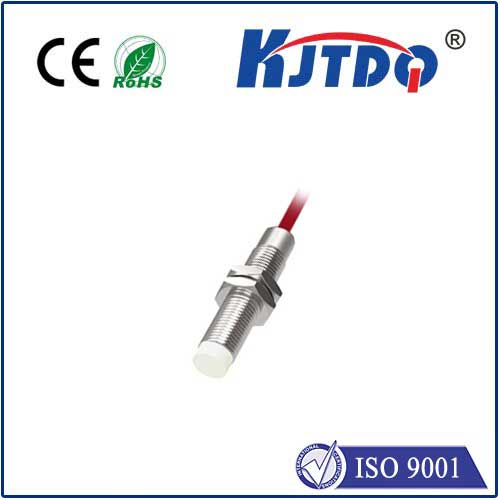honeywell proximity sensor
- time:2025-07-02 03:01:03
- Click:0
Honeywell Proximity Sensors: Precision Detection Solutions for Industrial Automation
Imagine a high-speed production line where robotic arms move with astonishing precision, assembling complex components flawlessly. Or picture a bustling packaging facility where items zip down conveyors, perfectly labeled and sorted. The unseen heroes enabling this seamless, efficient, and safe operation? Proximity sensors – specifically, the reliable and technologically advanced Honeywell proximity sensor. These non-contact detection devices form the critical sensory layer upon which modern industrial automation is built, ensuring processes run smoothly, machines are protected, and productivity is maximized.
Understanding the Core: What is a Honeywell Proximity Sensor?
At its heart, a proximity sensor detects the presence or absence of an object within a specified range without physical contact. Honeywell, a global leader in industrial sensing technologies, designs and manufactures a diverse range of proximity sensors renowned for their robustness, accuracy, and longevity. These sensors act as the “eyes” of a control system, sending crucial signals to PLCs (Programmable Logic Controllers) or other machinery to trigger actions like stopping a conveyor, counting parts, confirming part placement, or initiating a machining sequence.
Key Technologies in Honeywell’s Proximity Sensor Arsenal

Honeywell offers proximity solutions based on several fundamental sensing principles, each suited to specific applications:
- Inductive Proximity Sensors: The most common type in industrial settings. These sensors generate an oscillating electromagnetic field. When a metallic object enters this field, it induces eddy currents within the target, causing a detectable change in the sensor’s oscillation amplitude or frequency. Key characteristics:
- Detects ferrous and non-ferrous metals.
- Highly resistant to environmental factors like dust, oil, moisture, and vibration – perfect for harsh factory floors.
- Long operational life due to the absence of moving parts and contactless operation.
- Common Applications: Metal detection on conveyors, position sensing of pistons/cylinders, part presence verification in machinery, machine tool positioning.
- Capacitive Proximity Sensors: These sensors detect objects by measuring changes in capacitance. They generate an electrostatic field. When any object – metal, plastic, liquid, wood, powders – enters this field, it alters the capacitance, triggering detection.
- Capable of detecting non-metallic materials, a significant advantage over inductive sensors.
- Effective for level sensing (liquids, granular materials) behind container walls.
- Can be susceptible to environmental influences like humidity or moisture buildup on the sensor face, though Honeywell designs mitigate this.
- Common Applications: Bottle cap detection on filling lines, detecting plastic parts, liquid level control in tanks, paper or cardboard presence sensing.
- Photoelectric Sensors (Often Grouped with Proximity): While technically distinct, photoelectric sensors serve similar “presence detection” roles and are a core part of Honeywell’s sensing solutions portfolio. They use light (visible, infrared, laser) to detect objects. The presence of an object is detected either by:
- Interruption of the light beam (opposed mode).
- Reflection of the light beam off the target back to the sensor (retro-reflective or diffuse reflective modes).
- Highly versatile for detecting a wide range of objects at greater distances than inductive or capacitive sensors.
- Can be affected by ambient light, color, surface finish, or dirt accumulation on lenses.
- Honeywell offers advanced models with background suppression for challenging applications.
- Common Applications: Object counting, web break detection, label sensing, bin level detection, part positioning on high-speed lines.
Why Honeywell Proximity Sensors Stand Out in Industrial Settings
Choosing Honeywell for your proximity sensing needs offers distinct advantages crucial for demanding industrial environments:
- Unmatched Reliability & Durability: Honeywell builds sensors to withstand extreme conditions. Robust housings (stainless steel, nickel-plated brass, rugged plastics) protect internal components. They excel in environments plagued by vibration, shock, temperature fluctuations, and exposure to chemicals, oils, and coolants. This translates to reduced downtime and lower maintenance costs.
- Superior Sensing Performance: Precision is paramount. Honeywell sensors provide consistent and accurate detection with well-defined sensing ranges and minimal drift over time and temperature. This ensures process stability and quality control.
- Application-Specific Expertise: Honeywell doesn’t offer one-size-fits-all solutions. Their portfolio includes specialized sensors for unique challenges: high-temperature sensors for foundries, weld-field immune sensors for robotic welding cells, miniature sensors for space-constrained applications, and analog output sensors for precise position measurement.
- Ease of Integration & Flexibility: Honeywell sensors feature a wide range of electrical outputs (NPN, PNP, NO, NC, analog) and mounting options (threaded barrel, block-style) to seamlessly integrate into existing control systems and machinery layouts. Clear status LEDs simplify installation and troubleshooting.
- Long-Term Value: The combination of durability, reliability, and performance means Honeywell proximity sensors deliver exceptional longevity, offering a lower total cost of ownership despite potentially higher upfront costs compared to lesser brands.
Illuminating Real-World Applications
The versatility of Honeywell proximity sensors makes them indispensable across countless industries:
- Automotive Manufacturing: Ensuring precise positioning of robotic arms for welding and assembly; detecting pistons in engines; verifying door and hood closure; counting components on lines. Inductive sensors rule here.
- Packaging & Material Handling: Detecting bottles, cans, or boxes on conveyors for filling, capping, and labeling; verifying case erecting; counting items. Photoelectric and capacitive sensors are often key.
- Food & Beverage Processing: Monitoring fill levels in tanks and silos; detecting caps or lids on containers; verifying presence of products before sealing. Capacitive sensors excel with non-metallic materials.
- Machine Tool & Metalworking: Tool breakage detection; confirming workpiece clamping; spindle positioning; part presence in CNC machining centers. Inductive sensors are typically preferred.
- Pharmaceutical & Medical Device: Precise positioning of components during assembly; vial and syringe presence detection; verifying proper sealing. Cleanliness and reliability are critical, areas where Honeywell shines.
Selecting the Right Honeywell Proximity Sensor: Key Considerations
Choosing the optimal sensor involves careful evaluation:
- Target Material: Metal? Use inductive. Non-metal (plastic, liquid, wood, etc.)? Capacitive or photoelectric are required.
- Required Sensing Distance: Different sensor types and models offer varying ranges. Select one that comfortably exceeds your actual application distance.
- Operating Environment: Consider temperature extremes, potential for chemical exposure, moisture/humidity, vibration, and shock. Honeywell datasheets provide critical environmental ratings.
- Mounting Constraints: Physical size and mounting style (threaded barrel, block, slot mounting) must fit the available space.
- Electrical Requirements: Match the output type (NPN/PNP sinking/sourcing) and voltage rating to your control system. Ensure the output configuration (Normally Open/Closed) meets your logic needs.
- Special Requirements: High-temperature? Weld field immunity? Analog output? IP67/IP69K sealing? Honeywell likely has a sensor engineered for these specific demands.
Integrating Success: The Foundation for Smarter Automation
Implementing Honeywell proximity sensors is a strategic step towards building more reliable, efficient, and safer automated systems. Their non-contact nature eliminates mechanical wear, ensuring long service life. The precision feedback






